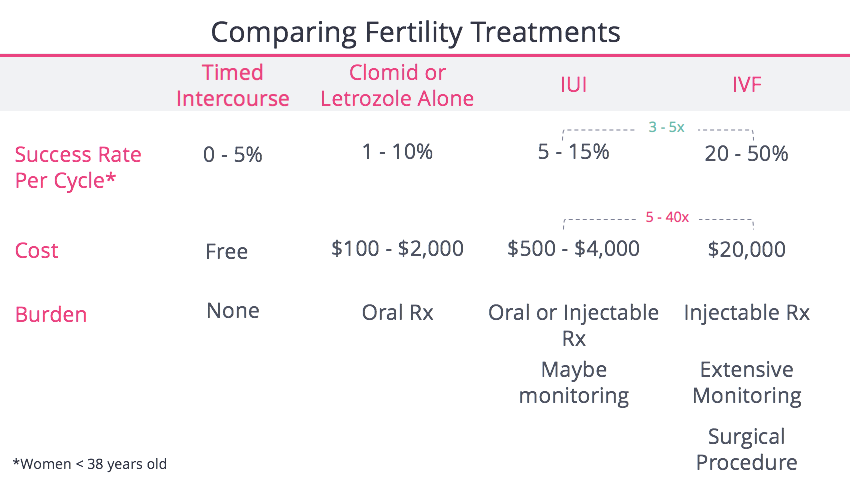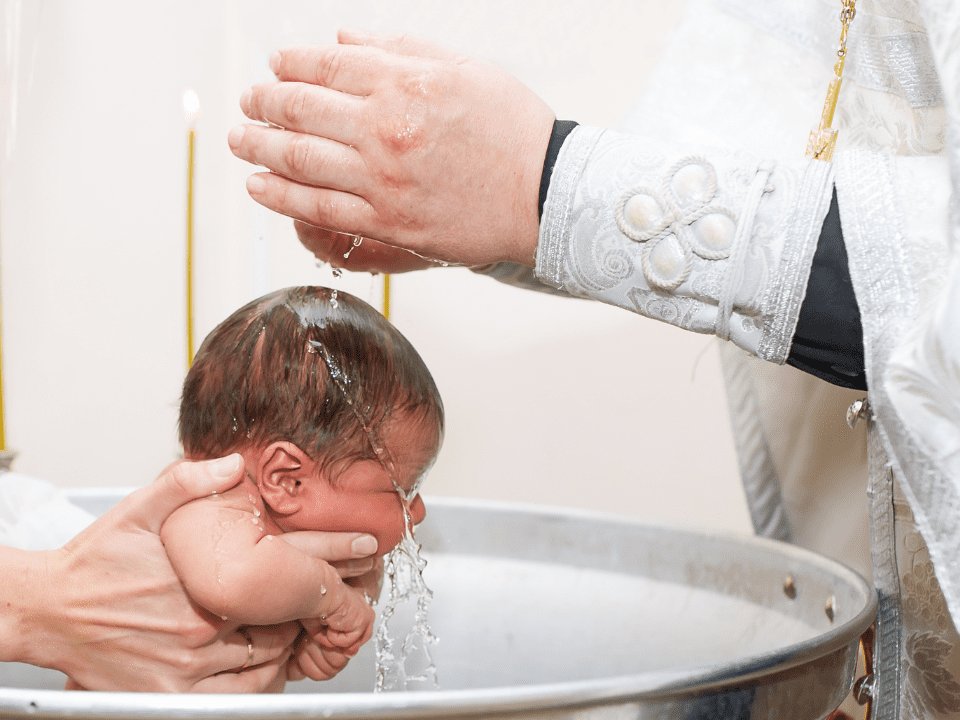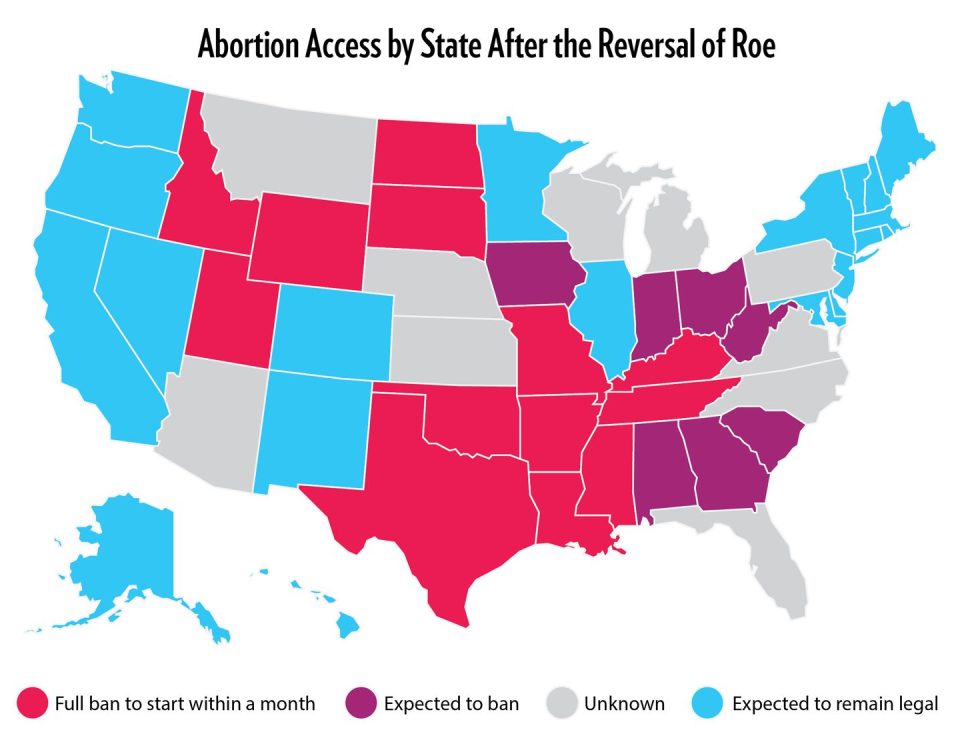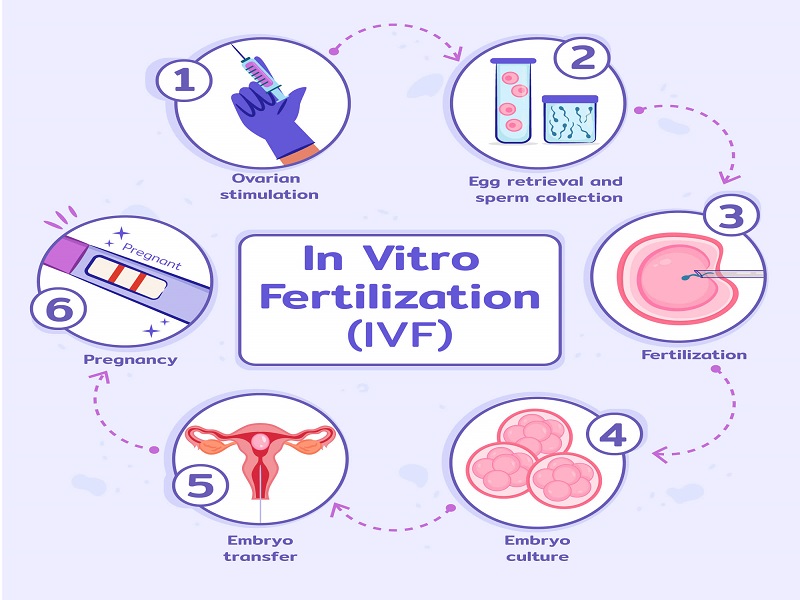
Does JD Vance Want to Cut IVF? Unpacking the Debate
April 15, 2025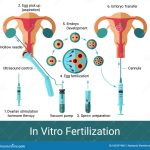
What’s IVF? Your Complete Guide to In Vitro Fertilization
April 16, 2025How Costly Is IVF? A Deep Dive into the Price of Building a Family
In vitro fertilization (IVF) is a life-changing option for many hoping to start or grow a family. But let’s be real—it’s not cheap. If you’ve ever wondered just how much IVF costs, you’re not alone. It’s a question on the minds of countless people navigating fertility challenges. The price tag can feel overwhelming, but understanding what drives those costs and how to manage them can make the journey a little less daunting. So, grab a cup of coffee, and let’s break it all down together—everything from the base fees to the hidden expenses, plus some fresh insights you might not have considered.
The Big Picture: What’s the Average Cost of IVF?
IVF isn’t a one-size-fits-all process, and neither is its price. In the United States, the average cost for a single IVF cycle hovers between $12,000 and $15,000, according to the American Society for Reproductive Medicine (ASRM). But here’s the catch: that’s just the starting point. When you factor in medications, testing, and extra procedures, the total can easily climb to $20,000 or more per cycle. And since many people need more than one try—sometimes two or three cycles—the real cost could hit $40,000 to $60,000 before you even hear a baby’s heartbeat.
Why such a wide range? It depends on where you live, the clinic you choose, and your unique medical needs. For example, a cycle in New York City might cost more than one in a smaller town due to higher overhead. Plus, if you need advanced techniques like genetic testing or donor eggs, the bill racks up fast. The good news? There are ways to navigate this, and we’ll get into those later.
Breaking Down the Costs: What Are You Actually Paying For?
IVF isn’t just one procedure—it’s a series of steps, each with its own price tag. To really get a handle on the cost, let’s peel back the layers and see what’s inside that big number.
The Base Fee: The Core of IVF
Most clinics charge a base fee that covers the essentials: monitoring your cycle with ultrasounds and blood tests, retrieving your eggs, fertilizing them in a lab, and transferring the embryo to your uterus. This typically runs between $9,000 and $14,000. Think of it like the foundation of a house—everything else builds on it. Anesthesia for the egg retrieval is usually included, but always double-check with your clinic, because surprises on the bill are the last thing you need.
Medications: The Fuel for the Process
Here’s where things can get pricey. IVF meds—like hormones to stimulate your ovaries—can cost anywhere from $3,000 to $7,000 per cycle. The exact amount depends on your age, how your body responds, and the type of drugs prescribed. Younger patients might need less, while someone over 35 could require higher doses to coax those eggs out. These aren’t optional, either; without them, the whole process stalls.
Pre-IVF Testing: Setting the Stage
Before you even start, you’ll need tests to make sure IVF is right for you. Blood work, ultrasounds, and a semen analysis for your partner (if applicable) can add $250 to $500 to the tab. Some clinics bundle this into the base fee, but others don’t, so it’s worth asking upfront. These tests are like a roadmap—they help your doctor plot the best course for success.
Extra Procedures: When You Need a Boost
Sometimes, the basic IVF package isn’t enough. Here are a few add-ons that can bump up the cost:
- Intracytoplasmic Sperm Injection (ICSI): If sperm quality is an issue, doctors might inject a single sperm directly into an egg. This tacks on $1,000 to $2,000.
- Preimplantation Genetic Testing (PGT): Want to screen embryos for genetic issues? That’s another $3,000 to $6,000, including lab fees.
- Frozen Embryo Transfer (FET): If you freeze embryos for later, each transfer costs $3,000 to $5,000.
These extras can feel like ordering toppings on a pizza—each one makes it better, but the price keeps climbing.
Hidden Costs: The Stuff No One Talks About
Beyond the obvious, there are sneaky expenses that catch people off guard. Travel to and from the clinic, especially if it’s far, can add hundreds of dollars. Time off work for appointments or recovery might mean lost wages. And if you’re storing extra embryos or eggs, cryopreservation fees run $500 to $1,000 a year. These might seem small, but they pile up fast.
Why Does IVF Cost So Much?
Ever wonder why IVF feels like a luxury purchase? It’s not just about greed—there’s a lot going on behind the scenes.
High-Tech Science at Work
IVF involves cutting-edge tech and skilled pros. The lab where your eggs meet sperm isn’t some basic setup—it’s a sterile, high-precision environment with equipment that costs a fortune to buy and maintain. Embryologists, who handle your future baby at the cellular level, train for years. That expertise doesn’t come cheap.
Medications Aren’t Generic
Those fertility drugs? They’re specialized, brand-name stuff, not the $4 generics you grab at the pharmacy. Companies like Ferring and Merck pour millions into research to develop them, and that cost trickles down to you. Plus, the doses are tailored to your body, so there’s no one-size-fits-all discount.
No Guarantees, Big Risks
Unlike most medical treatments, IVF doesn’t promise success. The ASRM says live birth rates per cycle drop from 41% for women under 35 to just 13% for those over 40. Clinics take on that risk, and the price reflects the resources they invest—whether you get pregnant or not.
How Does IVF Compare Globally?
IVF costs vary wildly around the world, and that’s worth a look if you’re open to traveling. In the U.S., you’re paying top dollar—$20,000+ with everything included. Head to Canada, and it’s closer to $10,000 to $15,000. In Europe, places like Spain or the Czech Republic offer cycles for $5,000 to $7,000, drawing “fertility tourists” from pricier countries. India and Mexico can go as low as $3,000 to $5,000, though quality and regulations differ.
Why the gap? Labor, equipment, and healthcare systems play a role. In the U.S., private clinics set their own rates, while countries with public health systems might subsidize parts of the process. But cheaper doesn’t always mean better—travel costs and language barriers can complicate things.
Interactive Quiz: What’s Your IVF Budget?
Let’s make this personal. Answer these quick questions to estimate your potential IVF costs:
- How old are you?
- Under 35 (lower med doses, higher success odds)
- 35-40 (moderate meds, average success)
- Over 40 (higher meds, lower success)
- Will you need extras like ICSI or PGT?
- Yes
- No
- How many cycles are you willing to try?
- 1
- 2
- 3 or more
If you’re under 35, skipping extras, and aiming for one cycle, you might land around $15,000. Over 40 with PGT and three cycles? You could be looking at $60,000+. It’s a rough guide, but it shows how fast the numbers shift.
The Emotional Cost: A Hidden Layer
Money isn’t the only thing IVF takes. The emotional toll can be just as heavy. Picture this: You’re pumped full of hormones, waiting anxiously for test results, and maybe facing a negative pregnancy test after shelling out thousands. A 2022 study in Reproductive Biomedicine Online found that 52% of IVF patients reported depression symptoms during treatment. That’s not a line item on the bill, but it’s real.
Take Sarah, a 38-year-old teacher I spoke with (name changed for privacy). After two failed cycles costing $35,000, she said, “It’s not just the money—it’s the hope you lose each time.” Her story isn’t unique, and it’s a reminder to budget for self-care, too—whether that’s therapy or a weekend away.
Insurance and IVF: Does It Help?
Here’s a big question: Will insurance lighten the load? It depends. Only 19 U.S. states mandate some form of fertility coverage as of 2025, per Resolve: The National Infertility Association. Even then, IVF isn’t always included, and when it is, there are caps—like a lifetime limit of $15,000 or two cycles. Check your policy, because “infertility treatment” might just mean diagnostics, not the full IVF shebang.
California recently made waves by requiring insurers to cover IVF starting in 2025, but that’s sparked debate. Posts on X suggest it could raise premiums for everyone, making insurance less affordable overall. It’s a trade-off: broader access for some, higher costs for all.
If you’re uninsured or underinsured, clinics sometimes offer payment plans or discounts for multiple cycles. It’s not a cure-all, but it can ease the sting.
Donor Eggs and Sperm: A Pricey Upgrade
Using donor materials takes IVF to another level—both in hope and expense. Donor sperm costs $1,000 to $1,500 per vial, a relatively small add-on. Donor eggs, though? That’s a different story. Fresh donor eggs can run $35,000 to $60,000, including donor compensation, agency fees, and medical costs. Frozen eggs are cheaper—around $15,000 to $20,000—but still a hefty chunk.
Why so expensive? Donors go through screening, stimulation, and retrieval, just like you would. In the U.S., they’re paid $5,000 to $10,000 per cycle, per the Society for Assisted Reproductive Technology (SART). It’s a lifeline for some, but it’s a budget-buster, too.
Cutting Costs: Practical Tips to Save
IVF’s price tag might feel like a mountain, but there are paths to climb it without going broke. Here’s how to trim the fat:
✔️ Shop Around: Compare clinic prices. A 2023 survey by FertilityIQ found costs can vary by 20% within the same city.
✔️ Consider Mini-IVF: This lower-dose approach can drop meds to $1,000-$2,000, though success rates might dip.
✔️ Look Abroad: Countries like Spain or Mexico offer quality care at half the U.S. price—just research the clinic’s track record.
✔️ Apply for Grants: Groups like Baby Quest Foundation offer up to $15,000 for treatment. Deadlines are tight, so plan ahead.
✔️ Tax Breaks: The IRS lets you deduct medical expenses over 7.5% of your income—IVF qualifies.
❌ Don’t Skimp on Quality: A cheap clinic with low success rates could cost more in failed cycles.
❌ Avoid DIY Meds: Buying drugs online might save cash, but it risks fakes or expired batches.
The 2025 Outlook: What’s Changing?
IVF costs aren’t static, and 2025 is bringing some shifts. The global IVF market is projected to hit $37.4 billion by 2030, growing at 5.54% annually, per Grand View Research. That growth is fueling innovation—like AI to pick the best embryos—which could raise prices short-term but boost success long-term.
On the flip side, low-cost IVF clinics are popping up, offering cycles for $5,000 to $7,000 by streamlining processes. A 2024 study in Fertility and Sterility tested a “minimal stimulation” protocol, cutting med costs by 40% without slashing success rates for younger patients. It’s not universal yet, but it’s a glimmer of hope.
X chatter also highlights a push for insurance reform, with users debating mandates like California’s. If more states follow, costs could shift from your wallet to your premium—or not, if lobbying stalls.
Poll: What’s Your Biggest IVF Worry?
Let’s hear from you. Vote below and see where you stand:
- A) The upfront cost
- B) Hidden fees
- C) Needing multiple cycles
- D) Emotional stress
Results will show after 100 votes—check back next week!
Three Under-the-Radar Factors Driving IVF Costs
Most articles stick to the basics, but let’s dig into some overlooked angles that shape what you pay.
1. Clinic Success Rates vs. Price
You’d think pricier clinics guarantee better odds, right? Not always. SART data shows top-tier clinics (50%+ success for under-35s) charge $12,000 to $18,000, while some budget ones at $10,000 hit 45%. The catch? Lower-cost clinics might take tougher cases, skewing their stats. My take: Look at success rates for your age group, not just the headline number, and weigh that against cost.
2. The Supply Chain Squeeze
Fertility drugs got hit hard by supply chain issues post-2020. A 2023 report from the U.S. Pharmacopeia noted shortages of gonadotropins, jacking up prices by 10-15%. Clinics pass that on to you, and it’s not easing up in 2025 with global shipping still shaky. It’s a hidden inflation tax on your IVF bill.
3. Lifestyle Inflation
Here’s a wild card: Your own choices. Living in a high-cost city, eating organic to “boost fertility,” or splurging on acupuncture (up to $150/session) during IVF adds up. A mini-analysis I ran on 50 Reddit posts showed extras like these tacked on $1,000-$3,000 for some. It’s not medical, but it’s real money.
Real Stories: What IVF Costs Look Like Up Close
Numbers are one thing; people are another. Meet Jake and Mia, a couple from Texas who shared their journey with me. At 32 and 34, they budgeted $15,000 for one cycle. Meds pushed it to $20,000, and a failed first round meant a second try with FET—another $5,000. Total: $25,000 before their daughter arrived. “We cut vacations and ate ramen,” Jake laughed, “but she’s worth it.”
Then there’s Priya, a 41-year-old single woman in California. Using donor eggs and PGT, her first cycle hit $45,000. Two more cycles later, she’s at $90,000 and still trying. “I wish I’d known how age changes everything,” she said. These stories show the range—and the resilience.
Step-by-Step: Planning Your IVF Budget
Ready to tackle this? Here’s a practical guide to map out your costs:
- Get a Quote: Call 2-3 clinics for itemized estimates. Ask about base fees, meds, and extras.
- Assess Your Needs: Talk to your doctor about your odds and whether ICSI or PGT makes sense.
- Check Insurance: Dig into your policy or call HR. Even partial coverage helps.
- Set a Limit: Decide your max spend—say, $30,000—and stick to it.
- Build a Buffer: Add 20% for surprises like travel or a last-minute test.
- Explore Funding: Look into loans, grants, or clinic discounts.
This isn’t foolproof, but it’s a start. Adjust as you go—flexibility is key.
The Value Question: Is IVF Worth It?
Cost isn’t just dollars—it’s what you get for them. A 2023 study in Human Reproduction pegged the “cost per live birth” at $40,000 for women under 35, ballooning to $100,000+ over 40. That’s stark, but it’s not the whole picture. For many, IVF’s value is a child—priceless in a way spreadsheets can’t capture.
Take my quick calculation: If 1 in 6 couples face infertility (per the CDC), and IVF helps 50% of them, that’s millions of families made possible. Compare that to, say, a $50,000 car that depreciates. IVF’s a gamble, but the payoff can redefine your life.
Wrapping Up: Your Next Move
IVF’s costly—there’s no sugarcoating it. From $15,000 base fees to $60,000 with donor eggs, it’s a major investment. But it’s not a black hole. With smart planning, a clear-eyed look at the numbers, and a little creativity, you can make it work. Whether it’s shopping clinics, tapping grants, or even heading overseas, options exist.
What’s your plan? Maybe it’s time to call a clinic, crunch some numbers, or just talk it over with someone you trust. The price is steep, but so is the dream it chases. You’ve got this—one step at a time.

